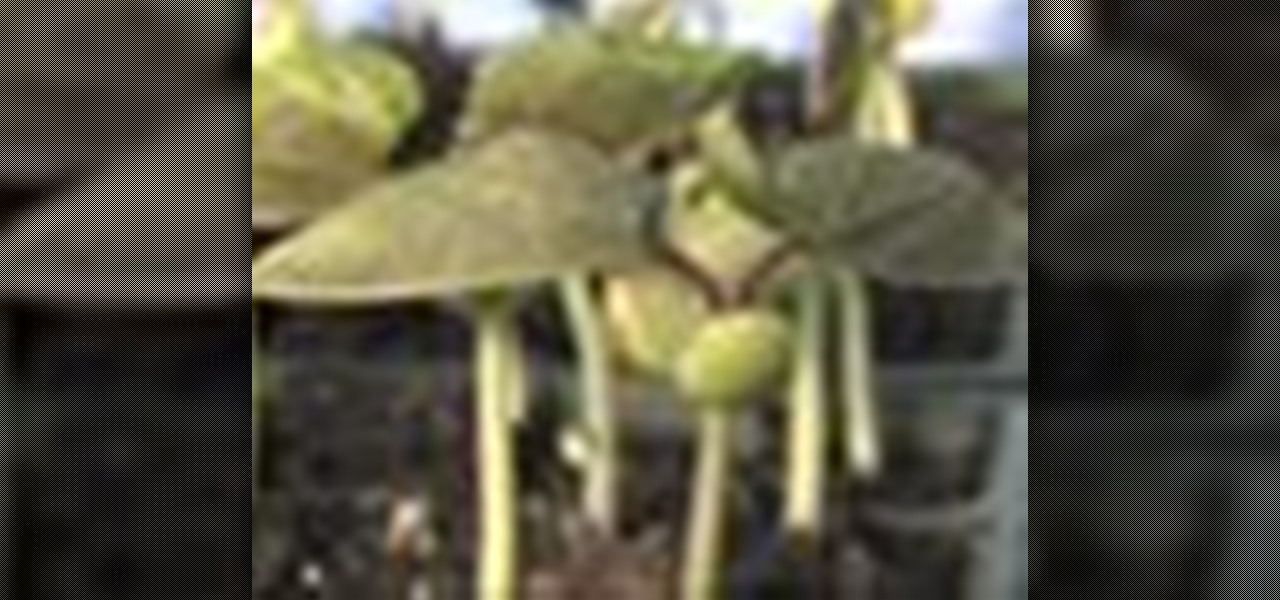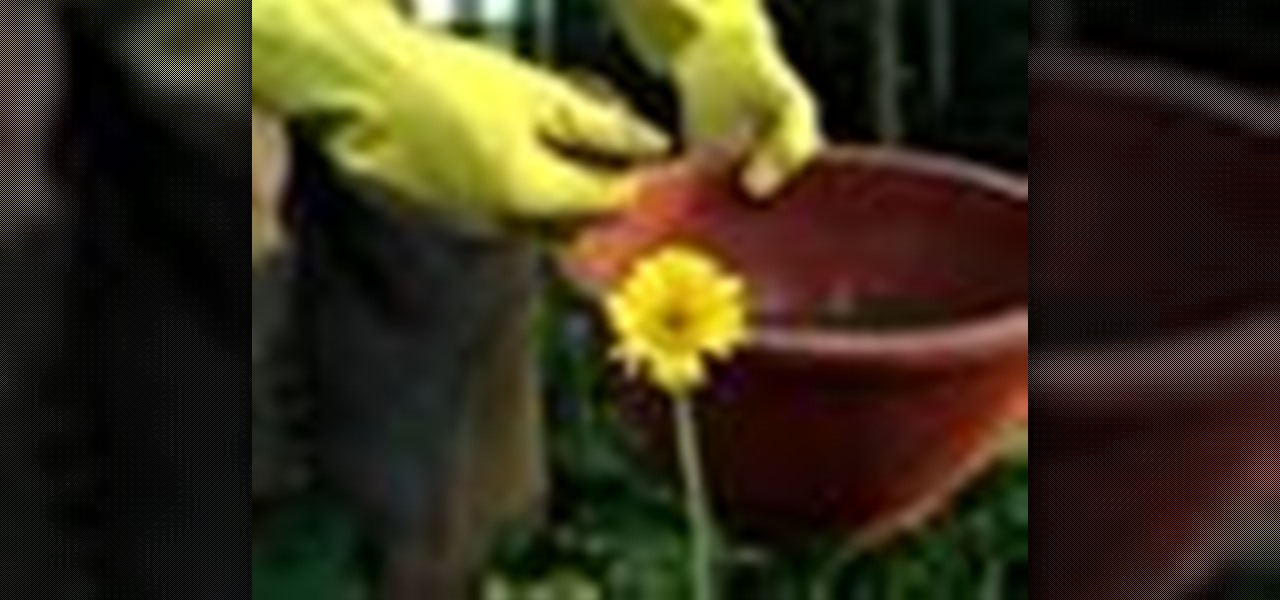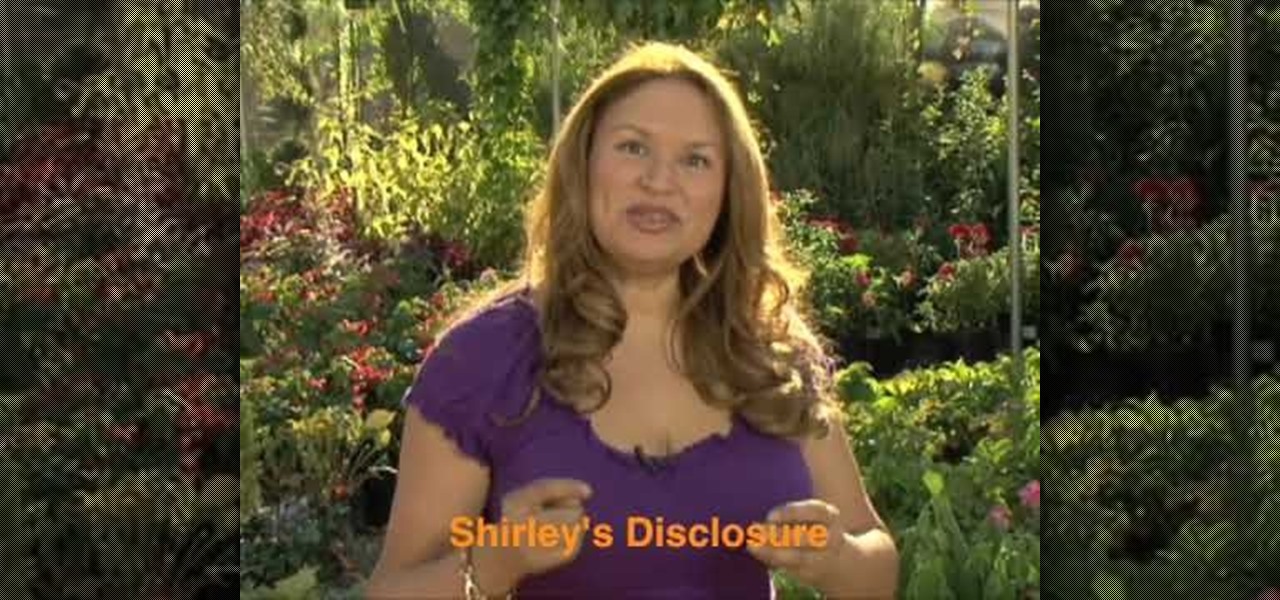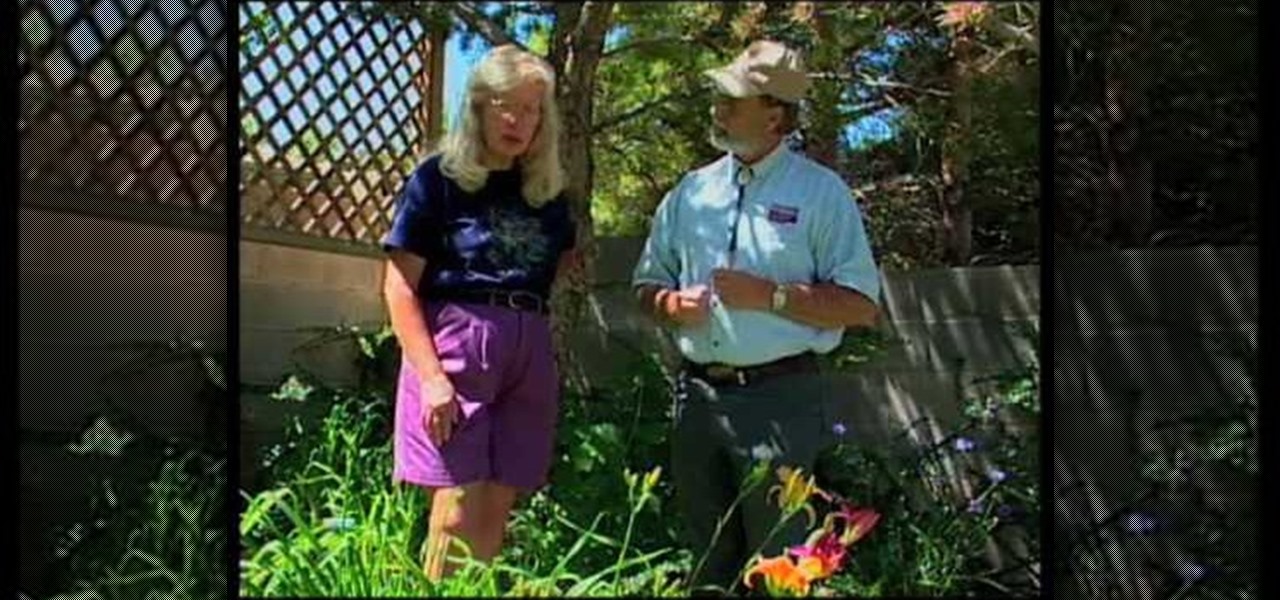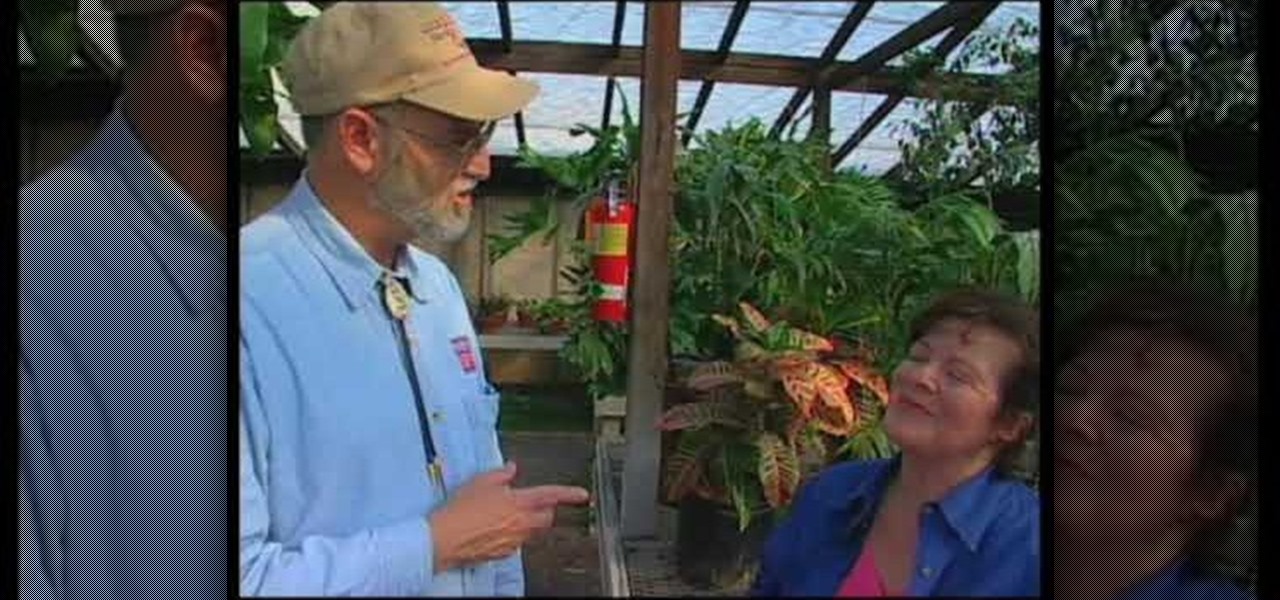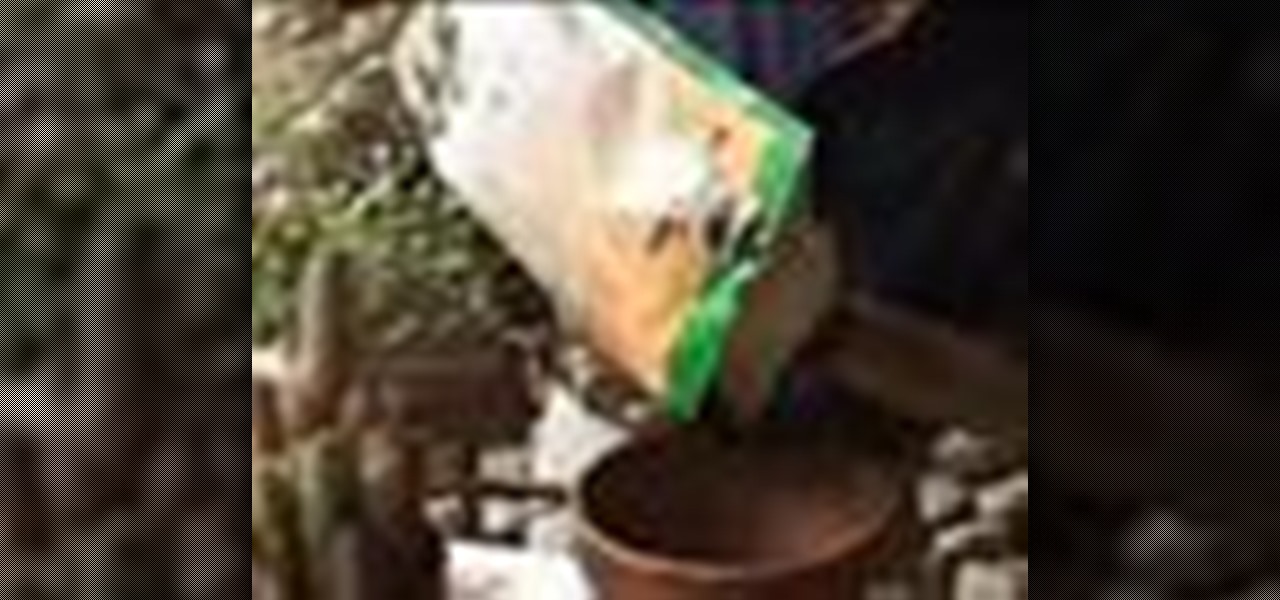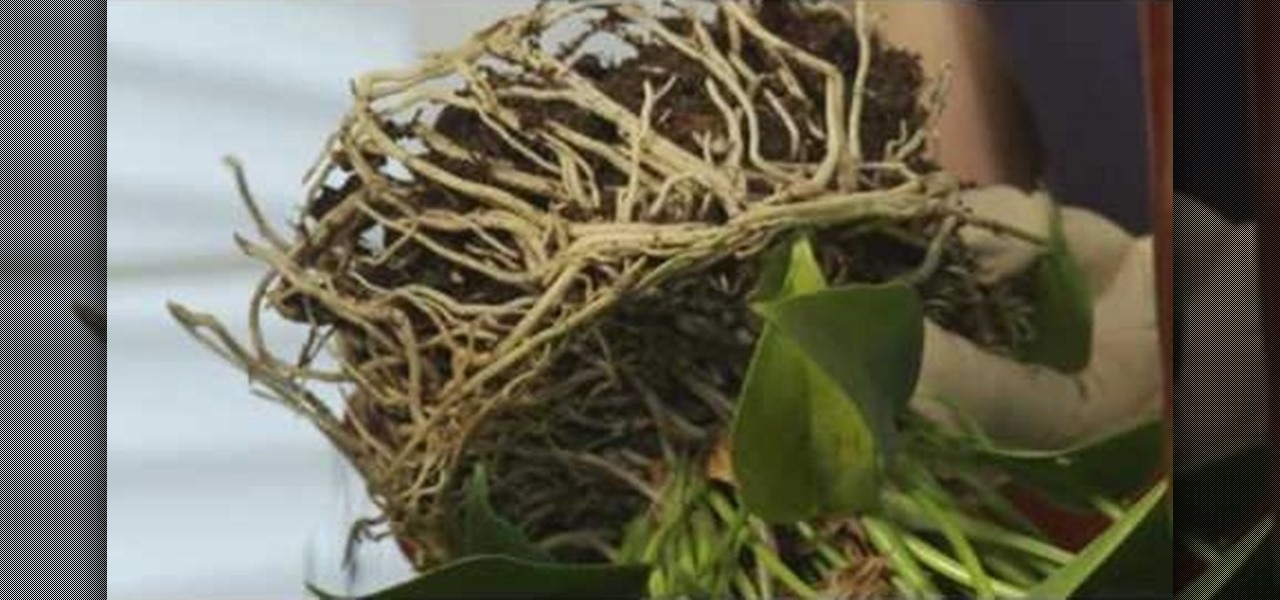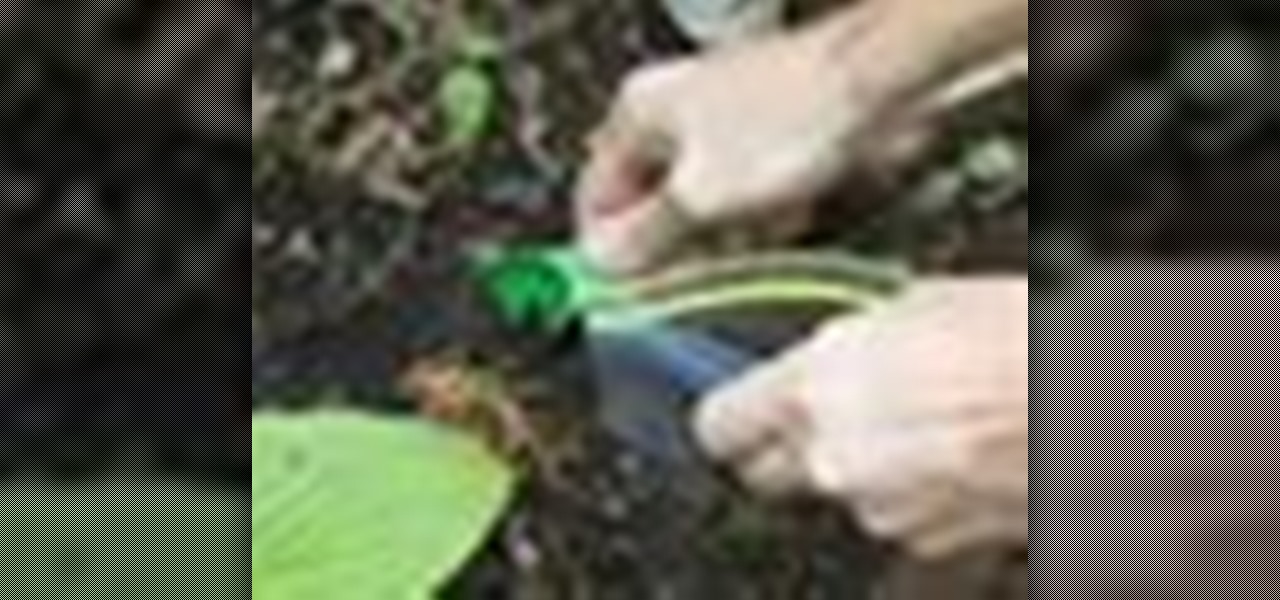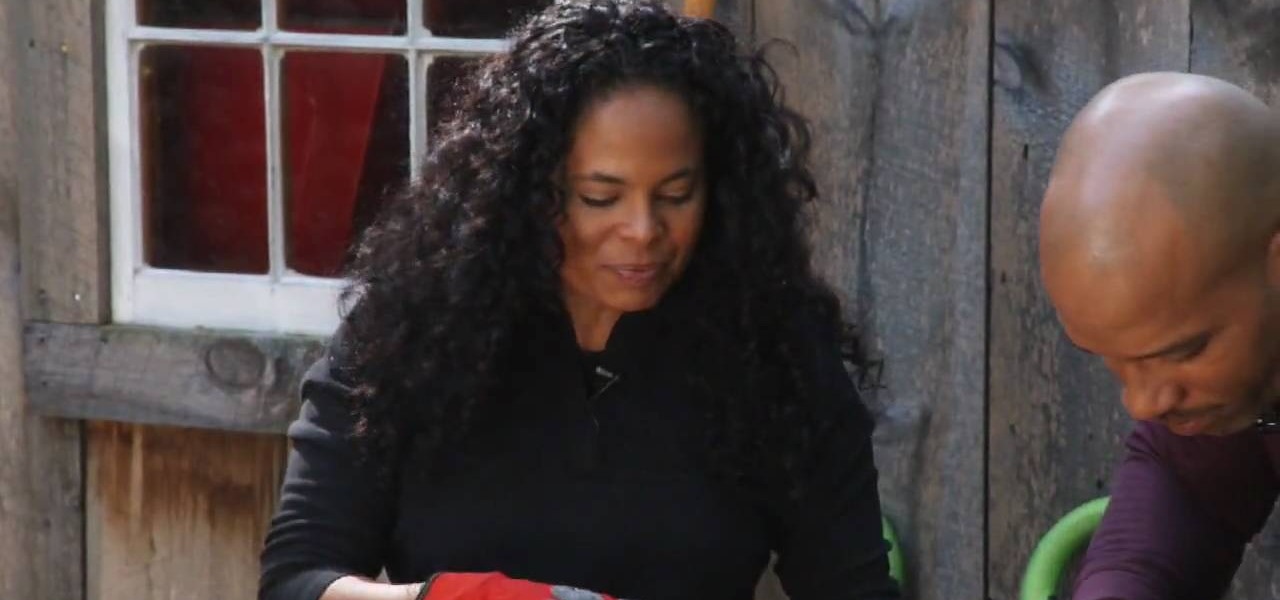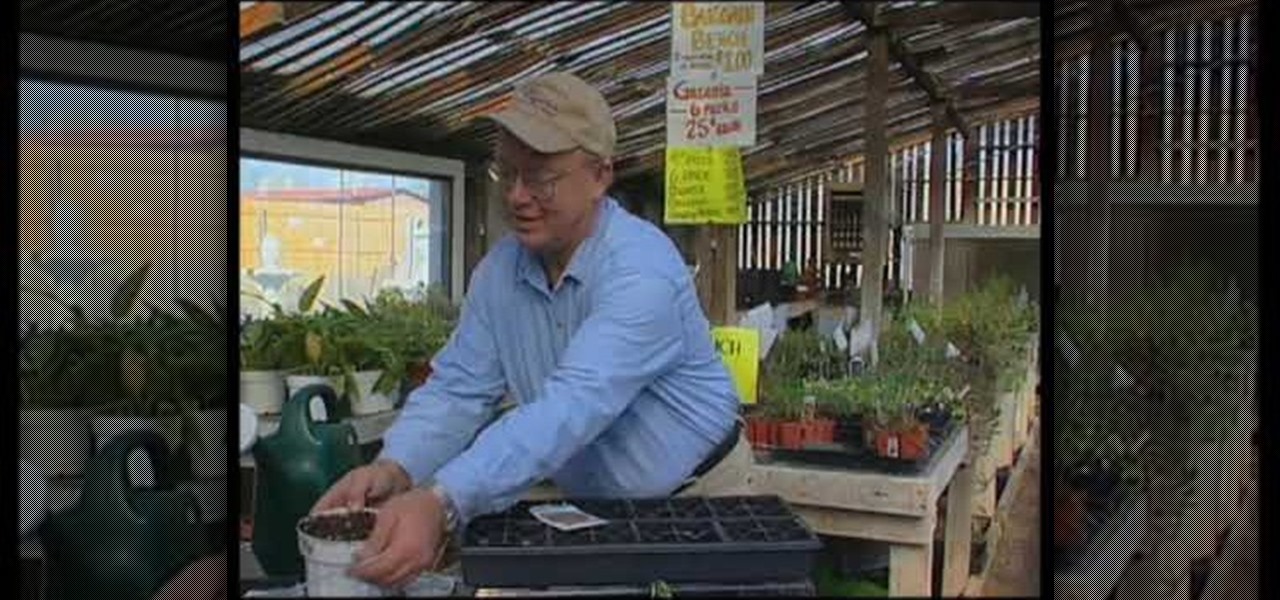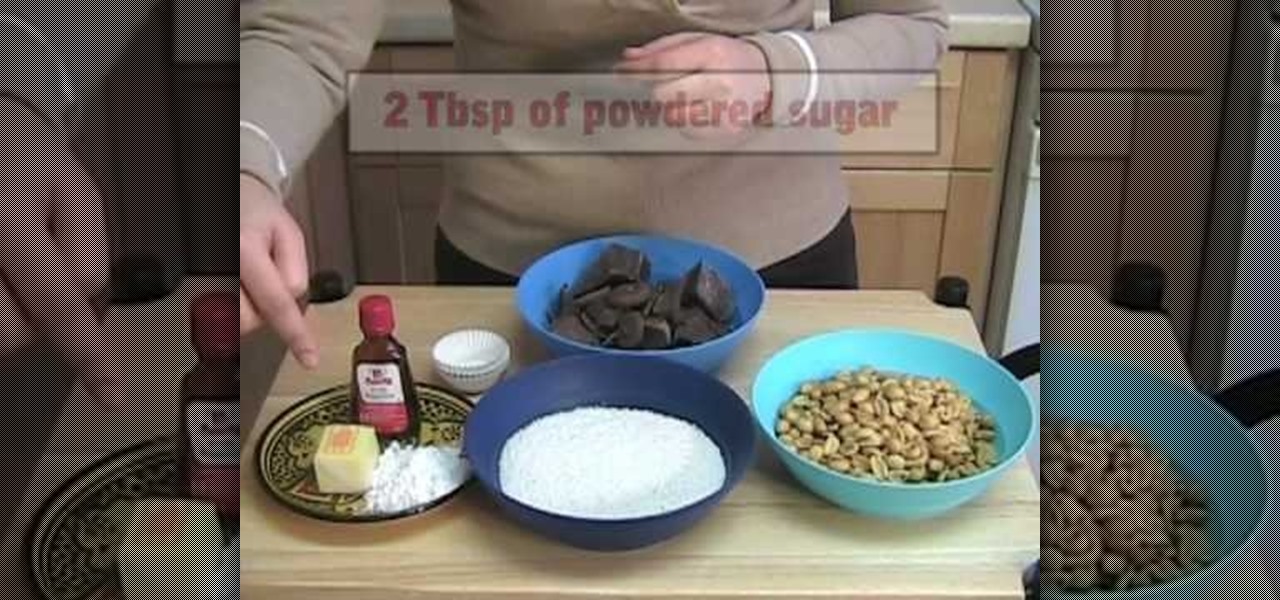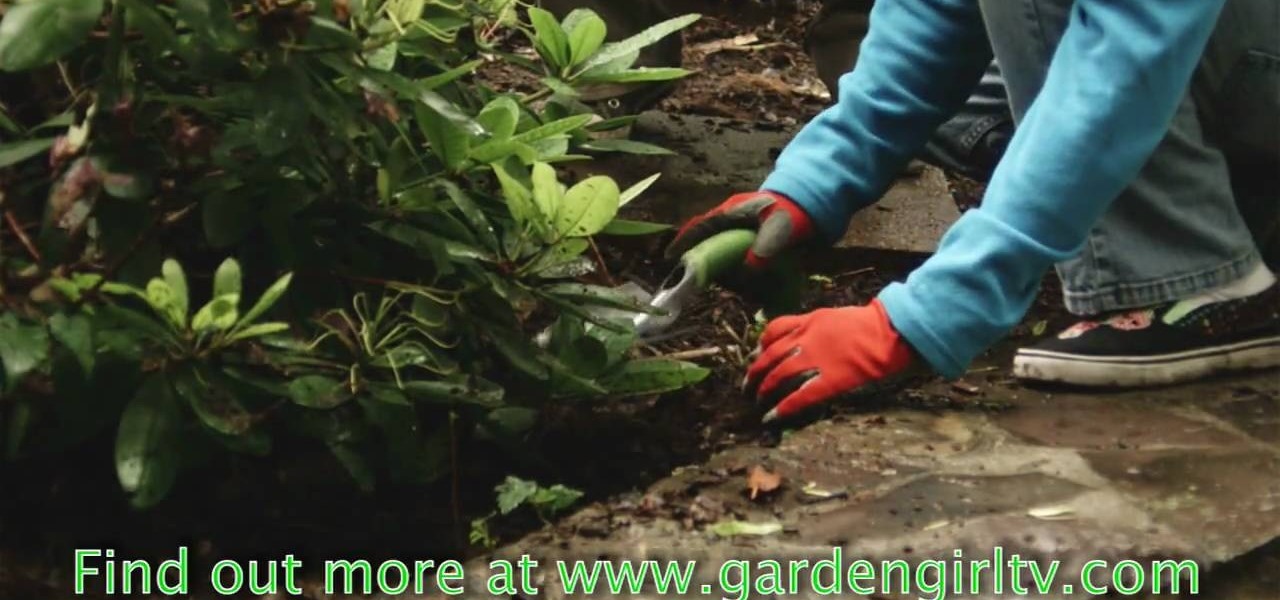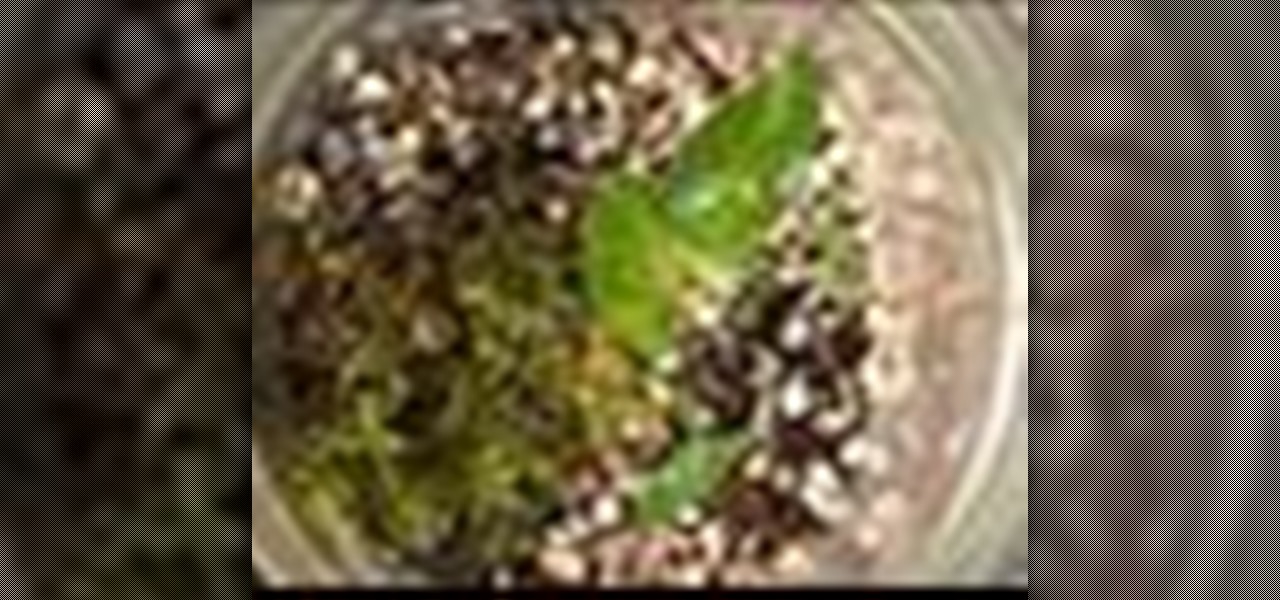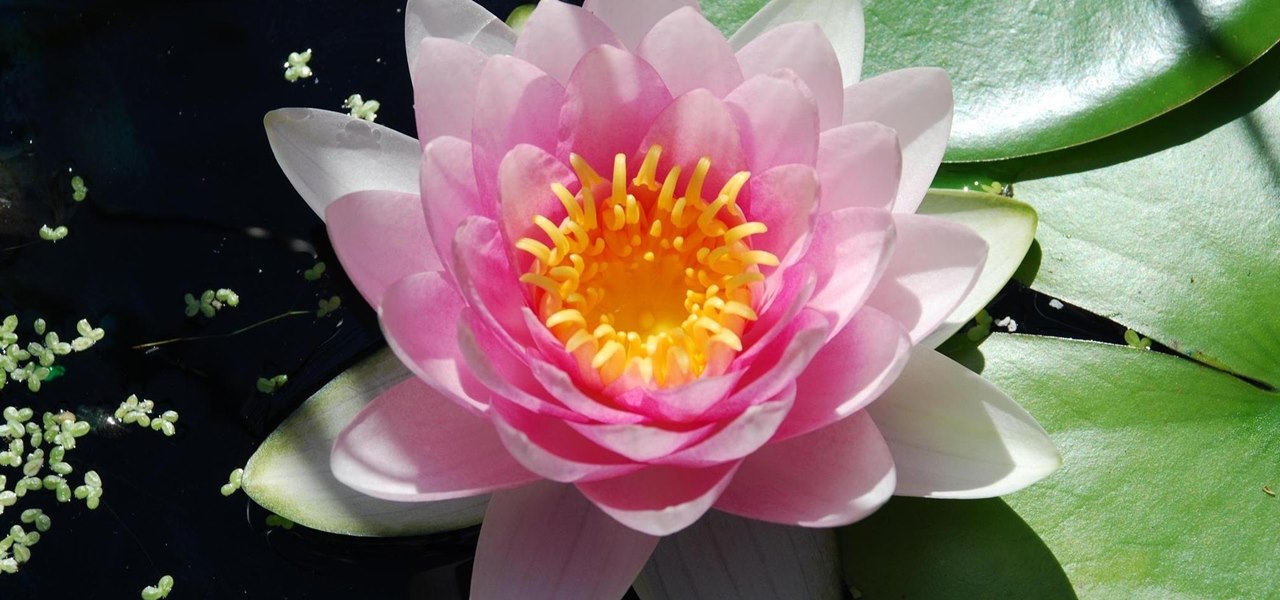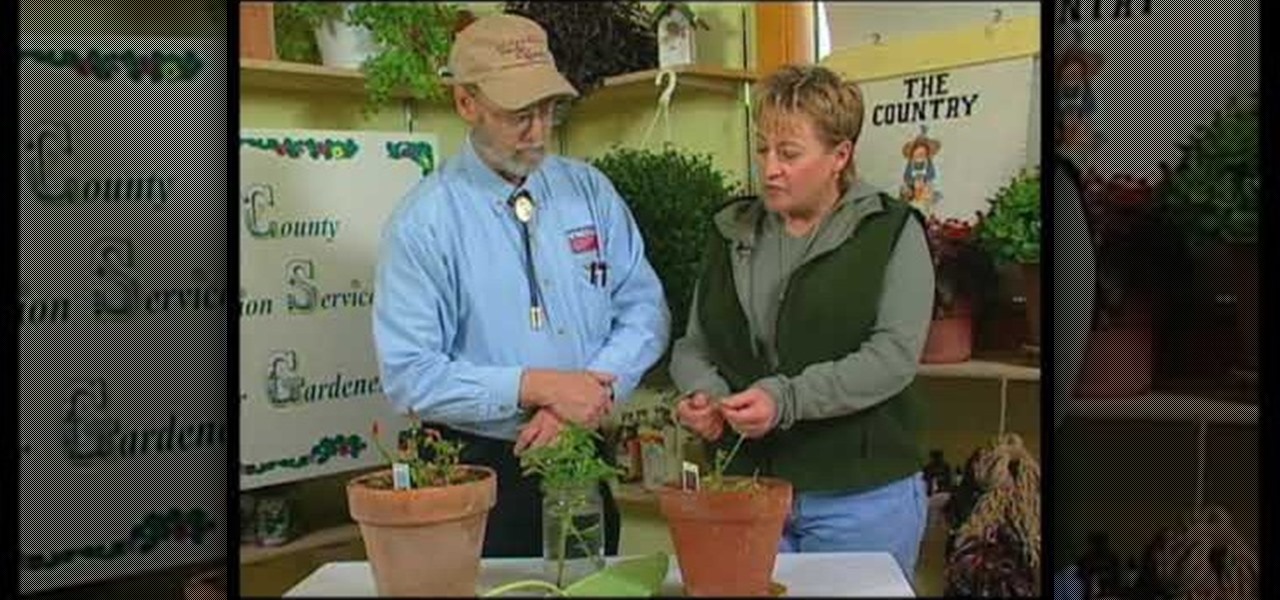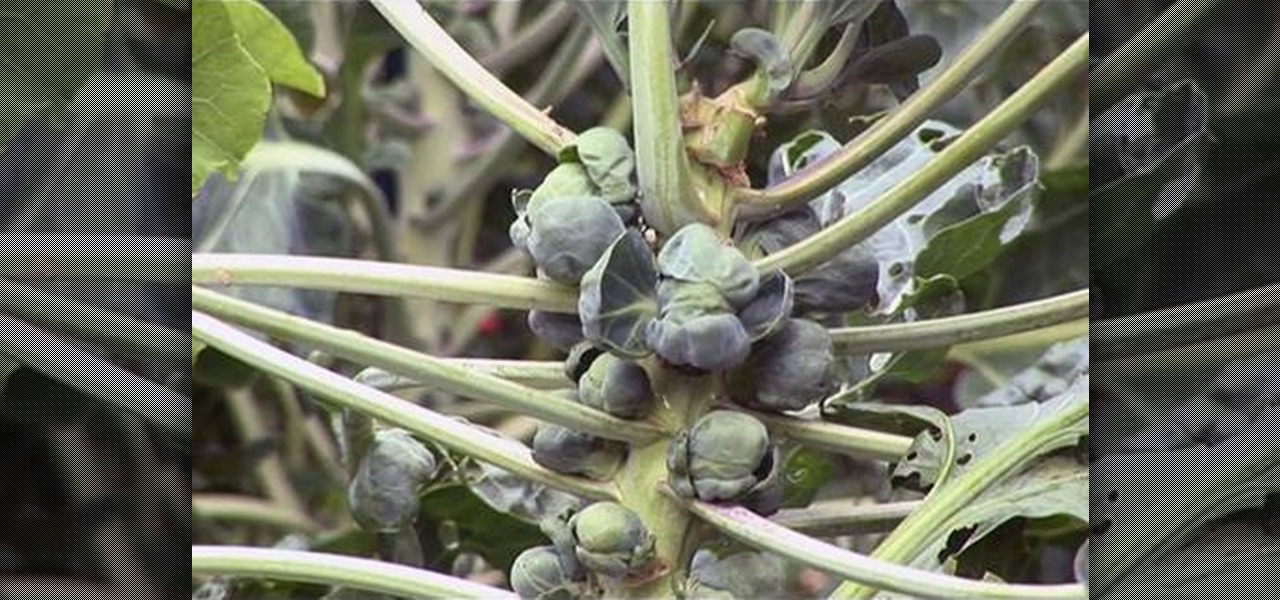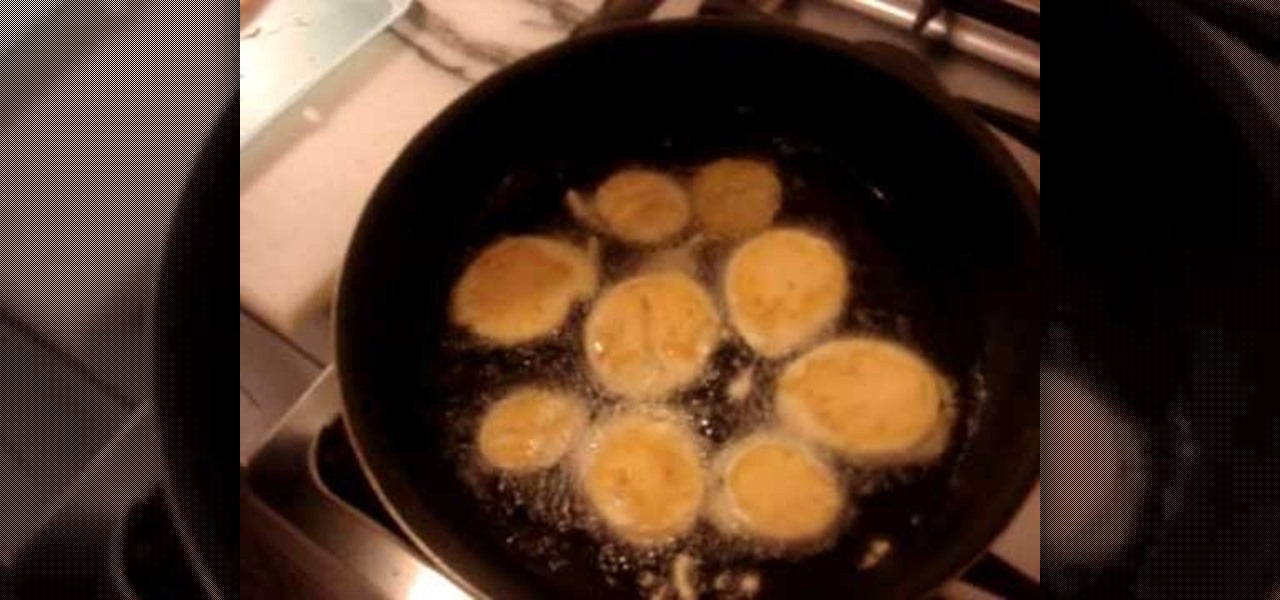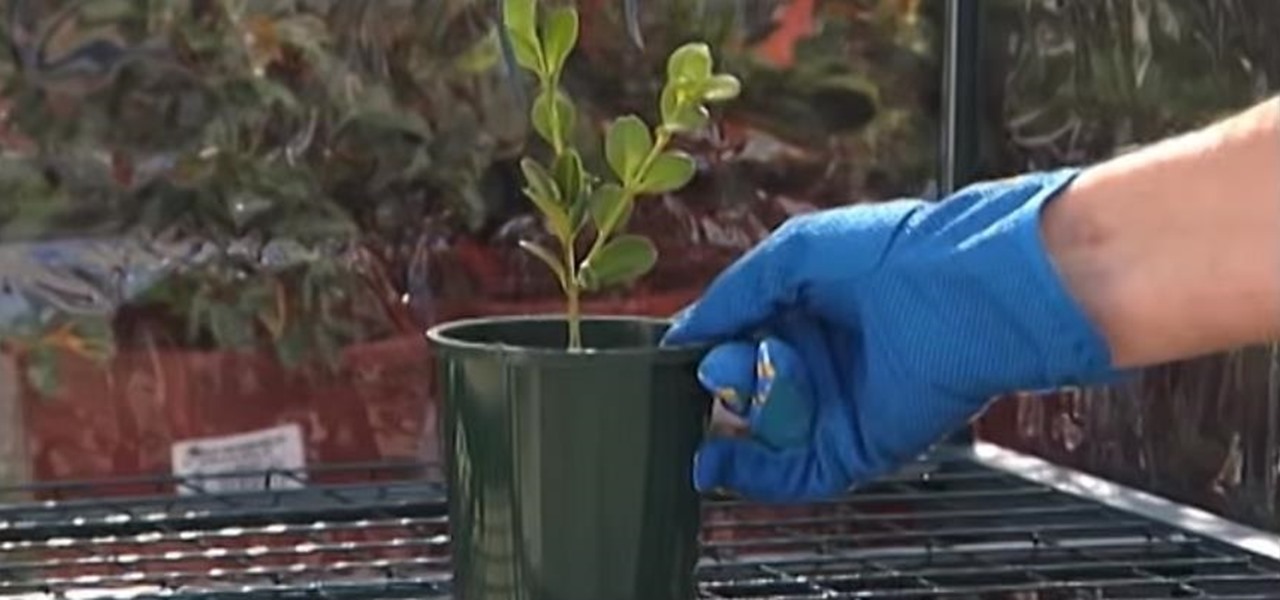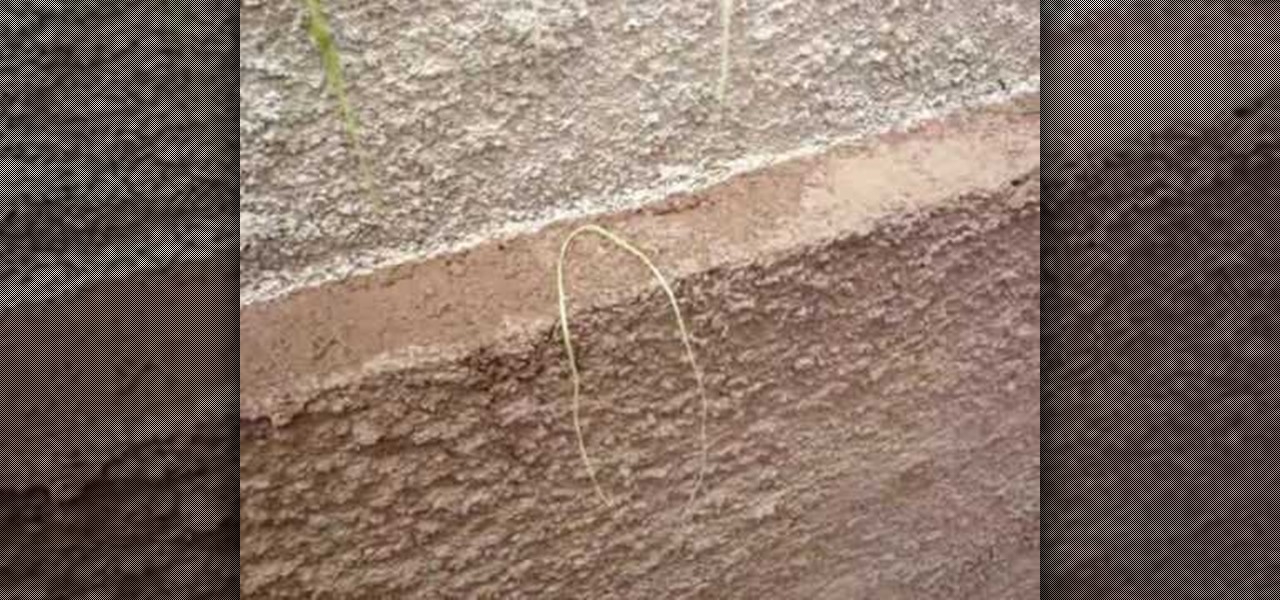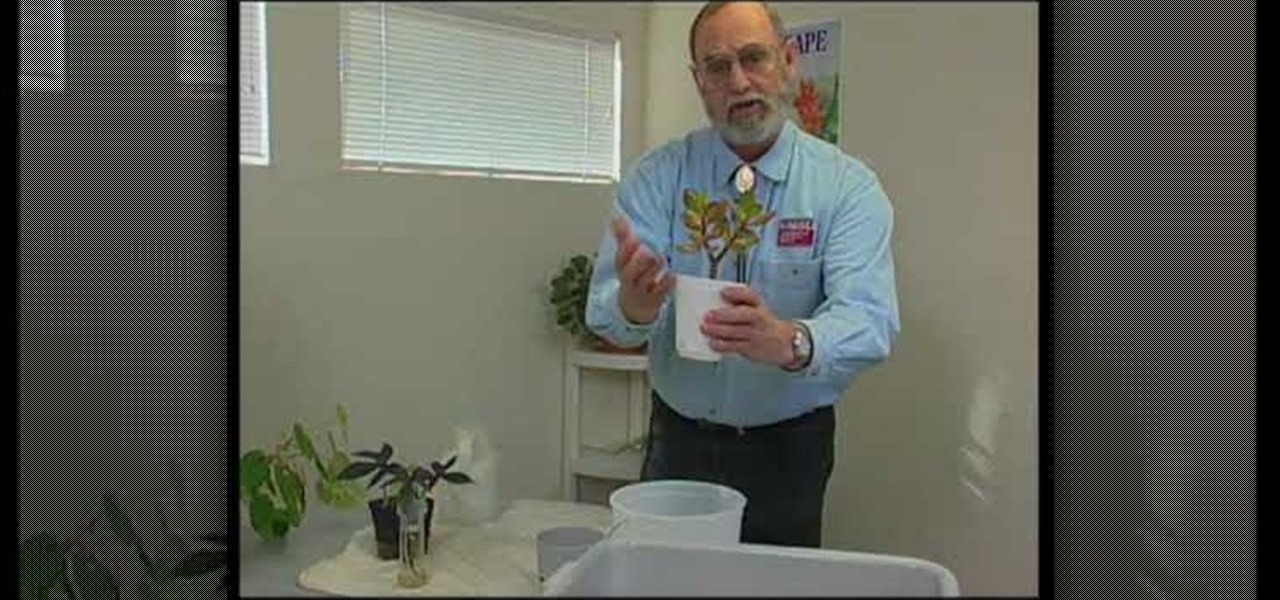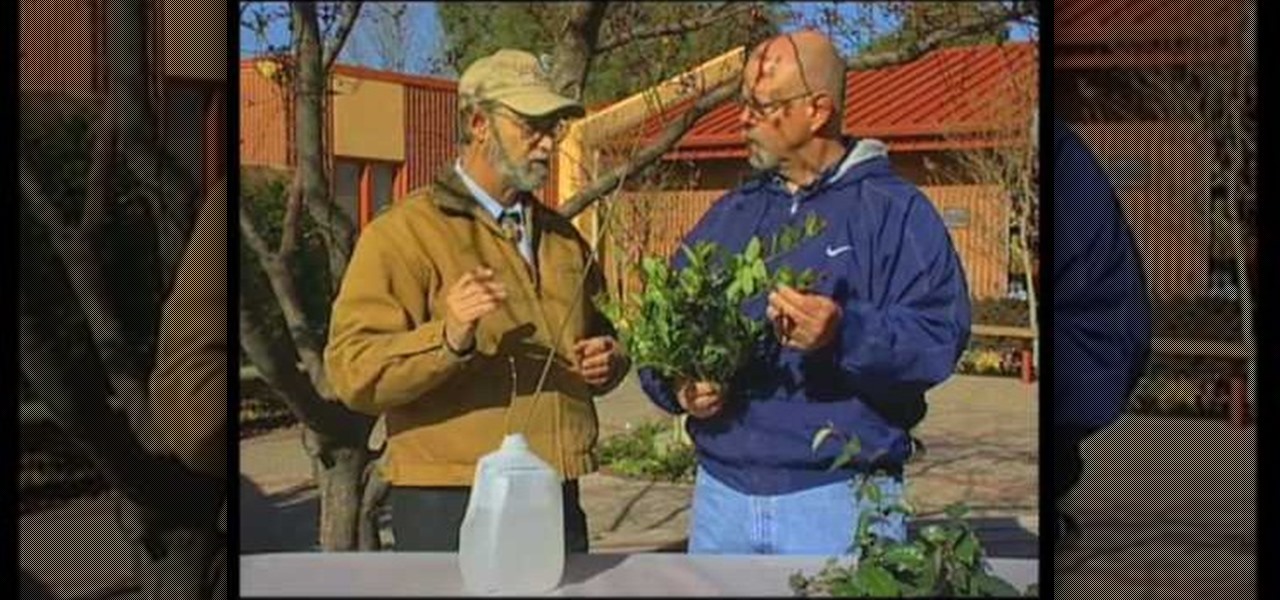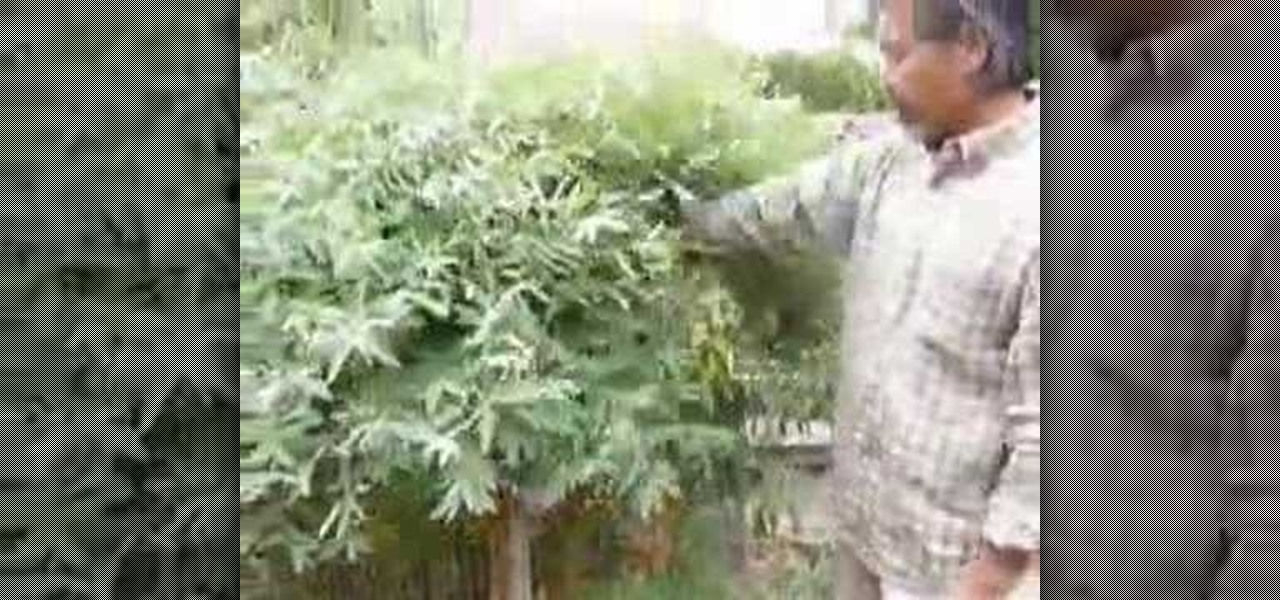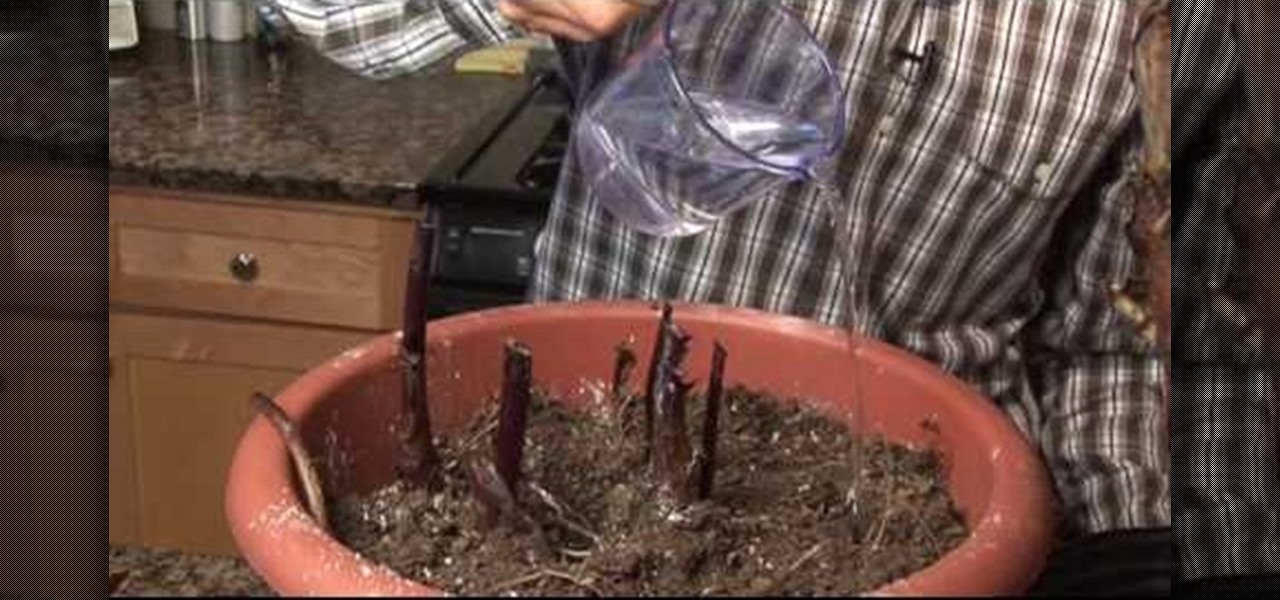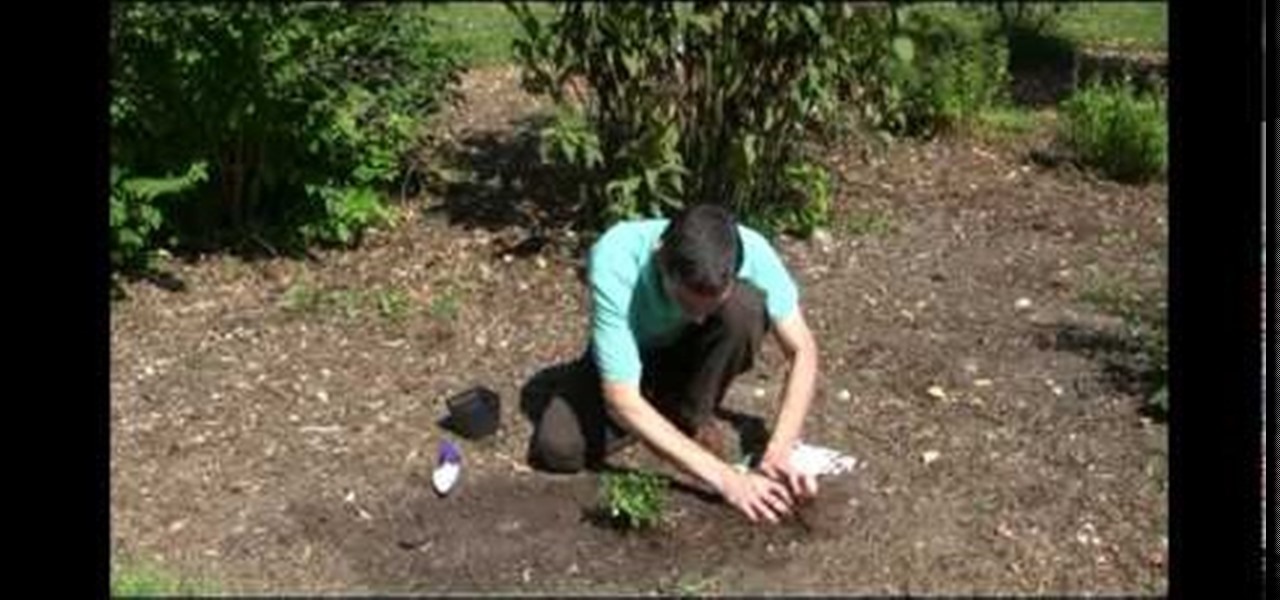
Spring Hill Nurseries shows viewers how to plant Chrysanthemums, or hardy mums, in this video. The mums should be planted in early spring. First, choose a place to plant. You should choose an area that has a lot of direct sunlight. You should also plant in an area that has good soil for growing plants. If this is impossible, mix some compost with the soil in the spot you wish to plant in. If you are planting more than one mum, make sure you have enough room to space them two feet apart.

Nothing says fresh and delicious like a ripe tomato from your home garden. This horticultural how-to will walk you through the fundamentals of container tomato gardening and present you with a list of the basic materials you'll need to get started growing your very own tomatoes.
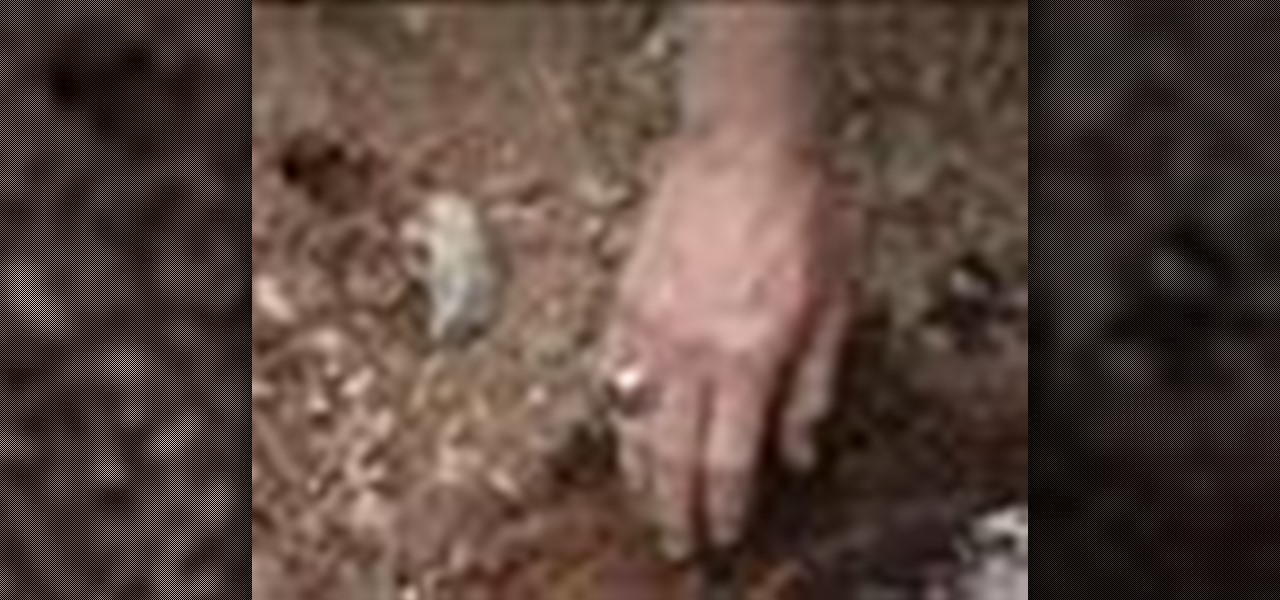
If working an area with poor or eroded soil something must be done to improve the soil so plants will grow. A great tip is to use about 50% organic matter and 50% native soil, mix it together, put it around the rocks, then plant Thyme or other creeping plants. This will help the plants to establish themselves. Don't put organic matter under the rocks because over time it will allow the rocks to sink.

In this video tutorial, viewers learn how to grow a tuberous begonias. It is recommended to pot the tuberous begonias in the early spring of March. Begin by removing the tuberous from it's bad and discard any packing material. Be gentle and do not remove the buds. Select a small pot that is slightly larger than the tuberous begonias and fill the pot 2/3 with well drained soil less potting mix. The carefully place the tuberous rite-side up in the potting mix and cover it with more mix. Water t...
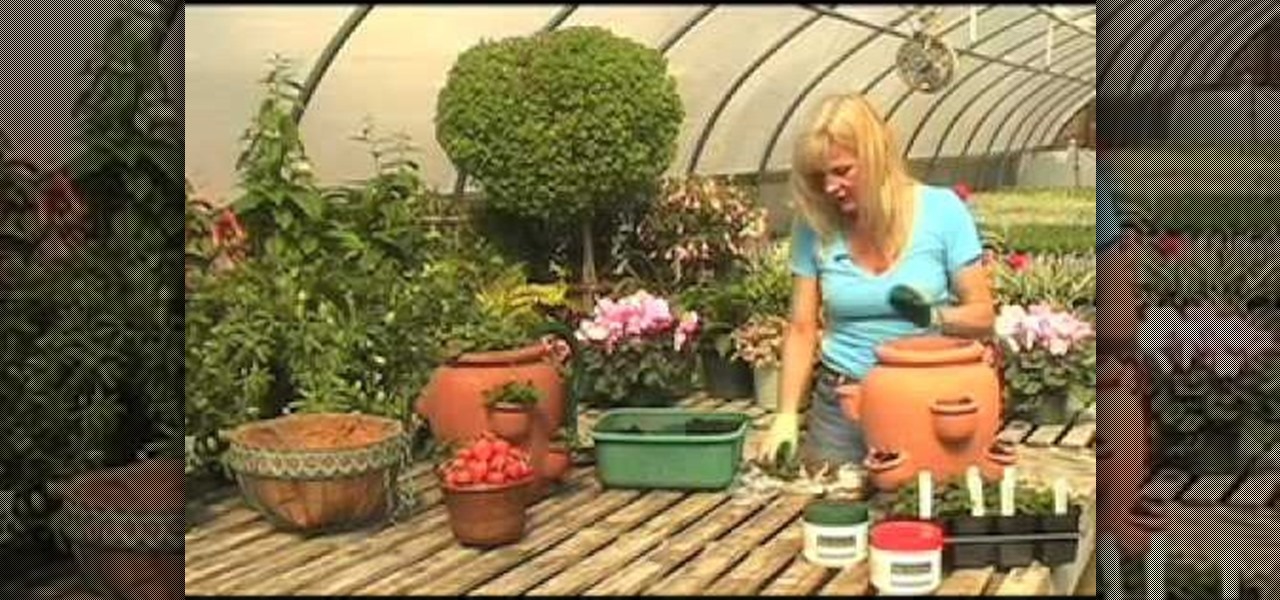
In this tutorial, we learn how to grow strawberries easily in a container. First, you will need your refrigerated bare root strawberries laid out in front of you. Next, prepare your soil by using a high quality potting mix and adding 1/3 compost to the mixture. Take your soil and place it into a plastic bin, then add in some water. Mix the water with a trowel, then place your soil into a strawberry jar up to the first row of pockets. Next, plant your strawberries into the pockets on the side ...
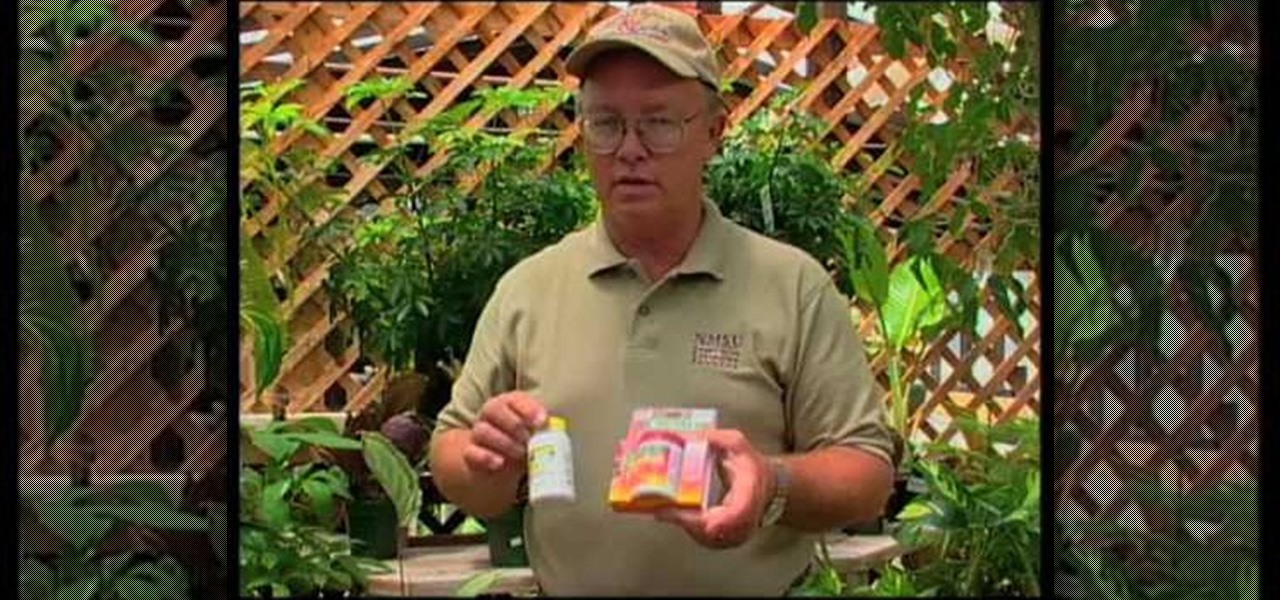
John White discusses how to propagate houseplants. You will need a potting mix called a “soilless” mix, which contains only vermiculite, perlite and peat moss. In addition you will need a sharp knife, a pruner and a weeding hormone to help induce root growth on the cuttings.

Learn how to start seeds for planting. Start your own seeds to save money, grow different plant varieties, and extend your growing season.

The one thing that can make your home garden flourish is by taking care of it and meeting the needs of your plants. One of those needs is great fertilizer. And the best fertilizer comes from the heart, not the store. Get great results in your garden by making your own fertilizer and compost at home.

In this video Bob describes how to plant bulbs. Bulbs are among the easiest flowers to grow. They don't like "wet feet" so always plant your bulbs where it's sunny. In the Spring the trees don't have their leaves yet so you will have a lot of different places to plant your bulbs. Your bulbs, depending on the size will go in to the soil at different depths. You can plant them singly or plant a bunch of them at once in one hole, just space them and cover them well. Make sure to mix compost or p...

Succulent Kalanchoe plants are very easy to multiply. The first thing that you need is a healthy mother plant. Take a small leaf section from the base of the plant. Clean the dirt up on the leaf. Set the leaf out to dry in a nice warm area where you don't get direct sunlight because you don't want the leaf to dry out. The area around the stem of the leaf will get calloused over. Once it is calloused over you are ready to plant the leaf. You need some well draining soil such as seed starting m...

First of all you have to start by terracing all the lands. Now select the varieties of trees that you want and start planting them in your garden. These trees shall help you in checking soil erosion. You may also use rocks fro land scalping and also checking soil erosion. Now you can plant ‘daisies’ all around the garden. These grow very fast and then they help to bind all the soil together. However you have to check their growth because they compete with other plants for the nutrients. They ...

Southwest Yard and Garden teaches viewers how to plant asparagus! First, in your garden you need to dig a trench that is about 8 inches deep. You should mix up some compost into this trench. Choose an asparagus that has a fern and make sure you choose a variety that is a male hybrid. These are more tolerant of other problems such as wilt. Simply, plant these 8 inches deep but do not cover them fully. Cover them gradually and cover it as it grows highly. Make sure your roots are laying horizon...

Cactus can do very well in containers if attention is paid to several things. One, use terracotta, it breathes well. Also, make sure there is a hole in the bottom because the soil shouldn't be sitting in water. And importantly use a Cactus soil mix, a mix that has a lot of sand, a lot of perlite. Although most plants don't thrive in mixes with a lot of sand, because it dries too fast, Cactus requires this condition. In fact, over watering is the number one way to kill a Cactus. To place the C...

This video from Lowe's shows you how to successfully repot a plant into a larger container. You will know it is time to repot your plant when the roots are visible on the surface, or when they start growing through the drainage hole. If you need to repot one of your plants into a larger container, simply follow these steps: You will need a clean pot that is no more than two sizes larger than the old one. Place a wire mesh or pieces of broken clay pot over the drainage hole. Add a layer of pot...

To prepare for planting take a fork and poke it into the ground and loosen up the ground. Do this throughout the beds so that the ground is completely loosened up. After you finish loosening the soil take a shovel and dig to the bottom of the bed and turn the soil over. If there are leaves in the bed go ahead and turn the leaves over into the soil. It will provide extra compost for the soil. Add some rabbit manure to the soil to provide extra nutrients. Turn the manure into the soil so that i...

Growing plants from cuttings is an inexpensive way to expand your garden. With patience and the right technique, it can be done fairly easily.

To grow beautiful flowers and plants in an outdoor garden, you need to feed your soil the right plant food – a fertilizer that will help your plants thrive. Watch this video to learn how to choose plant fertilizer.

In this tutorial, we learn how to repot a phalaenopsis orchid in a bark mix. First, take out all the moss from the plant and wash off the roots. After this, get the plant ready for trimming and trim it at the very bottom of the roots. Measure the depth of the pot to make sure the roots aren't too long. Now, gather the roots and place them down into the pot with packing peanuts and soil inside of it. After you do this, pack in soil around the sides of it and keep it watered so it doesn't die out.

In this video, we learn how to prepare a raised bed garden for planting. First, clear some of the debris that was left from last year. Then, take a pitchfork and loosen the soil all around the bed. Bring the soil from the bottom up to the top to make it stay loose throughout the bed. Then, start shoveling the soil around the bed and then add in some manure to the bed and mix together with the shovel. Worms in the compost will give you a lot of nutrients and help break down the manure. When fi...

Food, water, and shelter—that’s all butterflies and birds need to consider your backyard a home. And the great thing is that what attracts them will beautify your yard as well!

This video is a tutorial on how to start growing tomato plants from seeds. The instructor first explains that it is important to make sure your seeds are fresh and within the proper date frame and that you pick a good artificial soil mix for proper growth. The tutorial goes over a few different fertilizer products that you can choose from, yet they are not completely necessary for growth if the soil is of a high quality. The instructor then fills plastic mini pots with soil and then uses a pe...

How to graft Lophophora The materials to be used:-

This is a dangerous recipe for anyone who's a serious connoisseur of chocolate. Those who love chocolate (chocoholics, if you will) dig just about anything and everything coated with cacao plant treat, but this recipe for chocolate peanut rocks coated with coconut flakes will just about burst your taste buds and get you eating them nonstop.

GardenGirltv shows viewers how to plant strawberries as a ground cover! With a strawberry patch or field you will have to always continually plant strawberries! The plants will last a few years and every year you should add new plants to your areas for each year. First, you need to get a bundle of strawberry plants you need to rake the area you are planting them in. Make sure you put each plant 18 inches apart. First, you should take your strawberry plant dig a trench, lay it flat and cover i...

Build an indoor garden or a terrarium. All you need is gravel, soil, plants and a container. You can also add seashells and gnomes to mix it up.

Video: . this video will show you how to make organic fertilizer balls for aquatic gardening.

In this video, Extension Horticulturalist Curtis Smith talks with Master Gardener Marsha groves about controlling harmful pests that are damaging to plants throughout the year in both outdoor garden and greenhouse environments. The first part of the video covers the issue of plant eating snails, and how they might best be dealt with. Smith explains that there are a number of non-toxic methods which one can use to rid a plant of snails. The process of introducing predatory creatures such as tu...

To care for:Venus Flytrap: It is a great project for children, however, there are a few things to remember to look after this plant. Firstly it is best to use cover to protect the plant, as they have a tendency to dry out quickly. Also be careful not to overfeed the plant insects.Gloxinia: Many people buy this beautiful plant in bloom, however, after bloom they throw away the plant as they think they have killed it by over watering. All you do is stop watering it so it lies dormant, and then ...

If you plant brussels sprouts you have to be prepared to wait a long time before the plant produces anything for you. It takes roughly five months for the plant to produce brussels sprouts. The brussels sprouts grow at the intersection where the the leaf meets the main stem of the plant. When the brussels sprouts are near the end of the growth cycle you can break the tops of the plants off to help force nutrients down into the plant.

This video shows you how to make Pakistani eggplant with yogurt sauce. You will need 3 tbsp besan (gram flour), 1/4 tsp red chili powder, 1/4 tsp salt

Patti Moreno, aka “the Garden Girl” shows us how to make compost tea for your garden. You need to prepare compost tea and feed to the plant. To prepare compost tea, first you need to take coconut fiber soil, put it in a cloth, and tie it. Place in a 4 gallon of bucket of water. A little bit of compose may fall out, and slight bubbles gases may form, but this is not a problem. Keep it like this for 24 hours, and your compost tea will be ready. Take this mixture to where you keep your soil and ...

If you want to propagate plants from cuttings, this horticultural how-to will show you how. Make certain you prepare your pot with a propagating mix and make a small hole with your finger. Take the cuttings and strip your leaves. Next, dip your cutting into a hormone gel or powder before putting your cutting into your pot. For more, including complete step-by-step instructions on the propagation process, take a look.

Watch as a flower expert and professional gardener demonstrates how to plant and care for fall-blooming bulbs, including Amarylles, Elephant Ears, and more, in this free online video about home gardening.

In a survival situation making cordage out of plants can enable you to construct apparatus you never would have been able to otherwise and save you life. This video will teach you how to make a meter of cordage out of 2 leaves from a Spiked Aloe plant.

Grafting plants together is the oldest and thus far most important kind of genetic engineering practiced in the world. This video features a farmer demonstrating how to graft plants together, using a tomato and a eggplant as an example. He aims to create an eggplant that will yield for longer by grafting the tomato plant into it. Learning these skills will allow you to expand the world of your gardening by creating your own plants!

Growing plants in the Southwest is different then other climates. We learn how to grow plants in water. Salt is a factor that we need to be cautious of. Salt is in soil and in water. Water, once absorbed leaves a layer of salt. It can be avoided by watering in a certain way. Changing the water frequently, a dish underneath a potted plant to drain the water and flushing out the salt and re-potting periodically. Sometimes extremes measures must be taken to hydrate a plant. In this case putting ...

Curtis Smith of Yard and Garden teachers viewers how to protect outdoor plants and shrubs in the winter. For instance, Lilacs and be burned by the cold weather so it is advised to not place lilac to the South or the West against a wall in the winter. Next, with a privett plant there may be damage on the leaves but others are perfect - but this is normal. This plant is an evergreen and some cells in the leaf may die which will make the leaves look damaged. This will be shown on last years leav...

Check out this how to tutorial to learn how to make cordage from plant fibers. Don't forget that the plant, dogvane, is ideal cordage material.

This video is a tutorial on how to use chromatography correctly to study plants. The tools needed to complete the task are a plant, jar or bottle, rubbing alcohol, paper coffee filter and a plastic spoon. The first step is to chop the plant up and place it into a jar followed by filling the jar with rubbing alcohol. The jar must then be placed into a pan of warm water for five full minutes. You must stir the plant matter in the alcohol until the plant causes the alcohol to change color. The l...

Have you ever wondered how to revive a dying plant after a long winter? Well, most plants actually hybernate and, with a few simple tricks, you can easily wake up your plants for spring.








